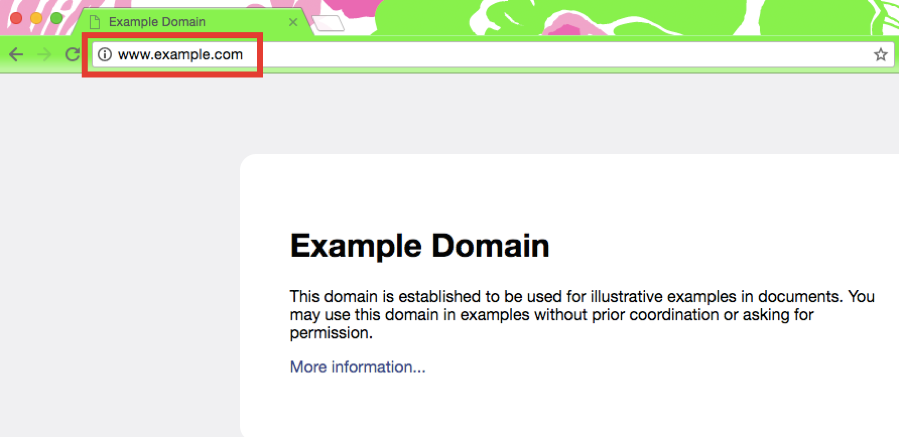Customers’ expectations for a seamless online experience continue to grow across industries – whether it is retail, healthcare, technology, etc. – and the B2B space is no exception.
In order for B2B companies to deliver a superior online experience and optimize for search engines, there are several essential SEO elements that should be considered. By incorporating the following features, B2B marketers can ensure they are putting themselves in a position to better reach and engage buyers.
5 Key SEO Elements for B2B Sites
While there are numerous SEO elements that should be considered for B2B sites, these are just a few of the most essential ones.
1.Organized Site Structure
From both an SEO and user experience perspective, I can’t stress the importance of having an organized site structure enough. Users shouldn’t have to dig through a website to find the information they are looking for, which is why a user-friendly website structure is essential.
When it comes to the user experience, having categories and sub-categories that make sense and are organized properly on the website will allow B2B buyers to easily navigate the site to reduce frustration and confusion.
This allows search engines to easily find content on the site, and interpret the hierarchy of it. The proper site structure also allows SEOs to target competitive keywords, gain visibility in search and improve the user experience.
2.Secured (HTTPS)
There are two straightforward reasons why a B2B site needs to be secured. First, search engines now note when a site is not secured in order to warn users.

In effort to provide a more secure experience to users, search engines also offer ranking boosts to a secure domain versus a non-secure domain.
When it comes down to it, the benefits of moving to a secured site certainly outweigh any negatives; however, proper SEO precautions must be taken into consideration to ensure no site value is lost. This should be analyzed on a case-by-case basis.
3.Schema Markup
Looking at recent search result trends like Rich Snippets, Answer Boxes, AMP, etc., it’s clear that search engines are constantly looking for new and more efficient ways to give searchers the information they are looking for.
Schema makes it easier for search engines to understand what your website is all about. Adding schema to your site not only helps ensure your brand is displayed accurately to users, but it can also help boost visibility in Google Answer Boxes and Rich Snippets, if Google is showing those types of results for the search query at hand.
With evolving SERP features and the increased amount of Rich Snippets being displayed, schema is becoming more important than ever.
4.Mobile-Friendliness
In 2016, Google announced the release of a separate mobile search index, which will serve as the primary one. The search engine has recently starting sending out the first batch of mobile-first indexing notifications to webmasters, making mobile-friendliness one of the most important SEO elements for digital marketers to be monitoring.
Today, having a mobile-friendly site means much more than just a responsive website design. Don’t get me wrong – a responsive design is a good starting point, but it’s a bit more complex than just that.
B2B marketers must keep in mind that users are accessing the site across devices – including smartphones and tablets. This is why it’s essential to consider aspects like page load times, images, call-to-actions and conversions, site structure / navigation, and even font size.
5. International Tagging
When developing an SEO strategy that targets international markets, hreflang tags are a must.
On the most basic level, an hreflang tag tells search engines which language a website is using on a specific page, so it can be served to users searching in that language. This tag helps search engines display the correct version of the page in search results based on a user’s location and language preferences.
Typically, hreflang tags aren’t something that SEOs will simply implement and walk away from. The key is monitoring potential errors in Google Search Console. These types of errors are pretty common, but it’s recommended that you clean up any priority ones.
Final Thoughts
When optimizing a B2B website for both search engines and the user experience, SEOs should consider the elements above. There are certainly many other fundamentals of a successful site; however, these are a few that I believe are vital. If you’re looking for the right tools to get started, check out this list.
Did I miss any essential SEO elements? I’d love to hear your thoughts in the comments below, or reach out to me directly via Twitter.

